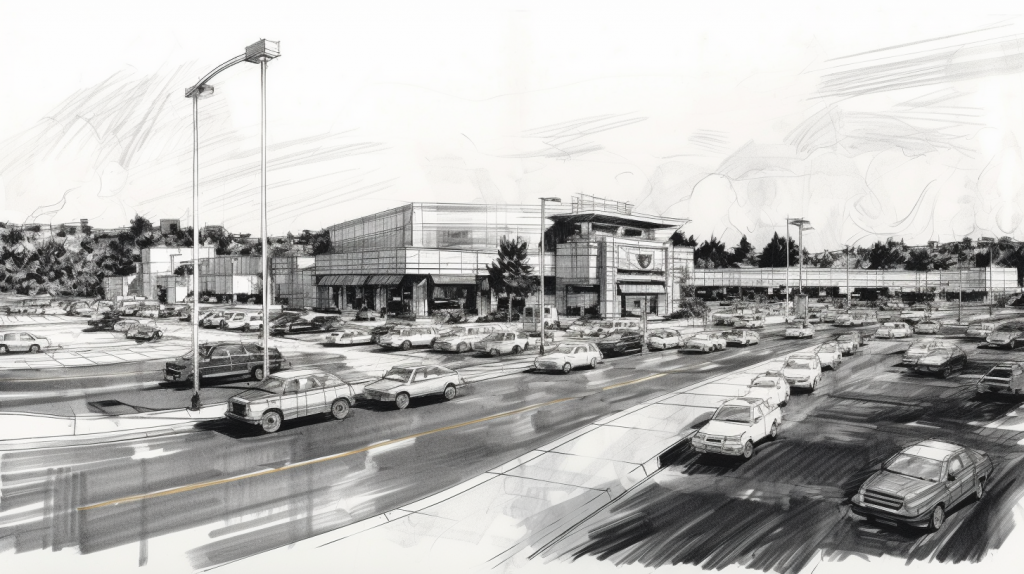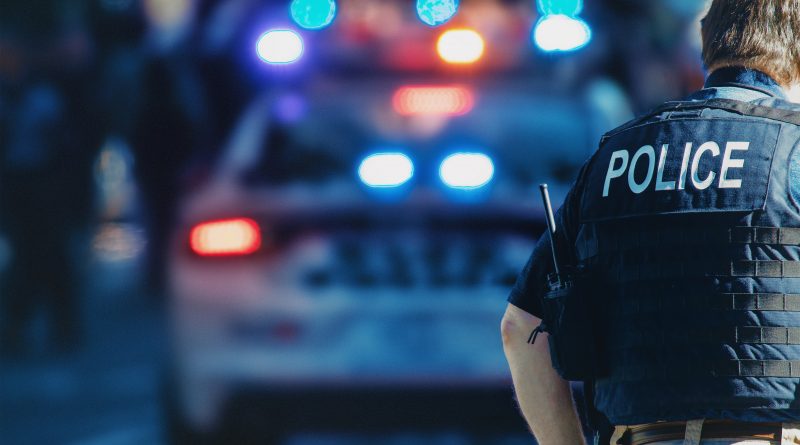When Did The Police Become So, Uh, Anti-Law?
The latest insanity out of America’s Largest Strip Mall (a.k.a. Michigan) is the bold declaration of some police agencies in Livingston County, an increasingly suburban jurisdiction between Detroit and Lansing, that they will refuse to follow new gun laws, lawfully enacted by a duly elected Democratic governor and Democratic majority in the legislature. They are calling this becoming a “Constitutional County,” which refers to an extraordinarily narrow interpretation of the Second Amendment. As the “thin blue line” went from “illustrative, though dubious, metaphor for the role of police in maintaining the stability of a fragile society” to “thinly veiled iconography for white supremacists, fascists, election denialists, and people who feel entitled to drive their Fords F-150 at 90mph in the left lane,” one might wonder: when did the police, of all parts of our society, become anti-law?
It’s an interesting question, and one the Atlantic explored a bit last summer after Uvalde, and I recently picked up Jennifer Carlson’s book, Policing The Second Amendment to dig in a bit more (Princeton, 2020). Why is this a thing at all? And what’s going on in Livingston County?
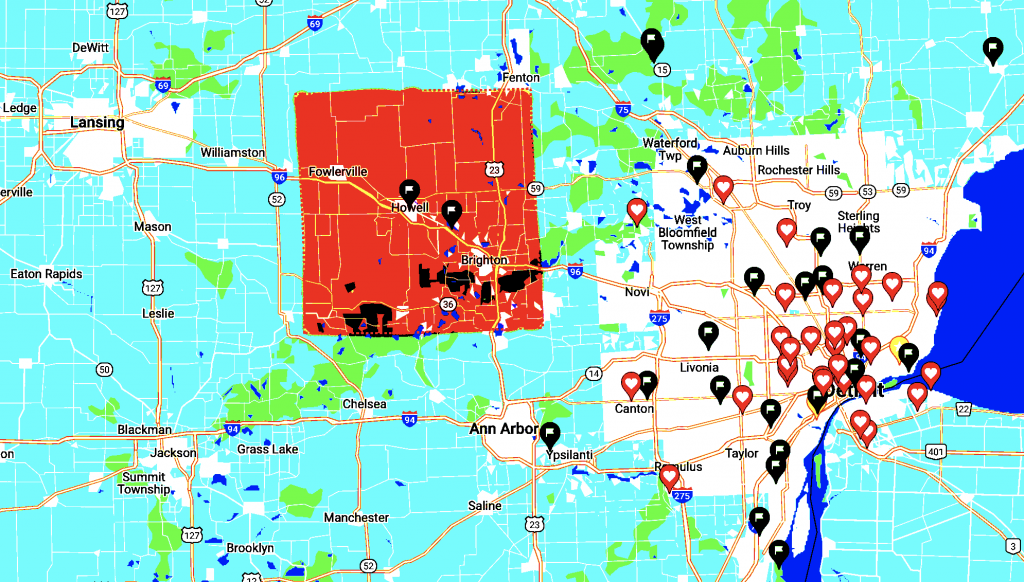
Livingston County: The New Macomb County, But, Uh, Worse
Most people unfamiliar with Southeast Michigan have at least heard the term “Reagan Democrat.” The term was thought to have been coined to refer to the working class suburban voters in Detroit’s second-largest suburban county who, while registered Democrats in solidarity with labor issues, ended up, somewhat paradoxically, voting for Ronald Reagan, whose presidency would be characterized as pivotal in the demise of American labor (to the extent that some critics refer to the labor movement in terms of before vs. after 1981). The 1970s were a decade of turmoil– beginning with the tail end of the Vietnam War and ending with the Iran hostage crisis- and voters in places like Macomb County felt more drawn to the charisma and optimism of Reagan.
The 1970s were also a strange time for the auto industry in Metro Detroit. The Motor City began its slow slide to decline in the 1950s, well before the events of 1967, but by the 1970s, the city was losing the better part of a hundred residents every day. Depending on how you figure the net migration numbers, a double-digit percentage of these people ended up relocating to Macomb County. To anyone unfamiliar with the geography of Detroit, th Meanwhile, Livingston County remained relatively small owing to how far away it is from, well, anything, really. It’s between Detroit and Lansing, but not that close to either. Also considering the decline of both of these cities during this period, it makes sense why Livingston took much longer to grow. (Urban centers, if you didn’t know, generate growth! Suburban sprawl just begets more suburban sprawl).
A peculiar footnote of history here is that Howell, the county seat of Livingston, has long had a strong KKK presence, even in a county that has more or less never been majority aligned with Democrats, even back in the days when Democrats were directly aligned with the white supremacist militia group. One must perhaps go back to the 1880s and 1890s to see more Democrats in a county that flipped to being almost completely Republican as early as the beginning of the 20th century and continuing through the present day. I mention this because it is interesting to juxtapose with the history of Macomb County’s blue-collar-but-newly-red-voting-Democrat suburbanites. (You may remember that the KKK, once upon a time, tried to overthrow Republican elected officials, before they got in bed with them in the post-Dixiecrat era).
The rhetoric employed by police advocates in favor of gun control was not what you might describe as progressive, and Gates was no left-wing hero—he ran an LAPD where racism and brutality were casually accepted without consequence. While urging Congress to adopt restrictions on assault weapons, Gates clarified that he was not a “gun-control advocate” and did not “believe in general gun control.” The public repeatedly heard the message that such restrictions were necessary because cops were less well armed than the “street punks” and “superpredators.”
Alternative Origin Stories
Let’s take a trip back in time to when the author was but a wee one. The year was 1989. The Iron Curtain was rusting through, the Loma Prieta earthquake wrecked infrastructure in the Bay Area, and oil spilled by the Exxon Valdez was inky-fresh in the Prince William Sound. During these halcyon days, then-legendary and not-yet-notorious Los Angeles police chief Daryl Gates, who notably has a video game line named after him, pleaded with policymakers to ban assault rifles. Gates spoke of “street punks armed with high-tech killing machines.”
The Democrats recovered from the crushing loss of Michael Dukakis in 1988 with the victory of Bill Clinton in 1992. Senator Dianne Feinstein, in what might well have been the last thing she ever actually remembers doing, was one of the principal authors of the Assault Weapons Ban, and President Clinton signed it into law in 1994. The Fraternal Order of Police, which has effectively become known in recent years as a lobbying agency for the police state, Constitution be damned, supported the bill.
For Gates, this notably put him at odds with the National Rifle Association, whose leadership had taken a hard right turn after a major coup during the centenarian organization’s 1977 convention. It also put him at odds with some officers on his own force who, arm-in-arm with the NRA, sued to block the law. At the time, Gates shrugged it off.
This might well have been one of the last times that police organized in an effort to promote gun safety.
Toward A Sensible Gun Policy
There are a few facts to get out of the way first. A majority of Americans support stricter gun laws. While a large number of police officers support strengthening certain gun laws, police are also skeptical of a number of the most popular policy measures pushed often by Democrats in blue states and blue cities: things like magazine capacity limits or bans on semiautomatic weapons. As I consider myself a competent researcher, I will add here that I have not been able to find a shred of evidence that suggests that bans on semiautomatic weapons or magazine capacity limits correlate one bit to reductions in the rates of gun violence. I’ve written about this in the past. Magazine capacity limits are meaningless because of how quick a skilled shooter can change a magazine (in a few seconds).
There’s a complicated point of debate that is certainly arguable here– and has been argued by scholars like Saul Cornell- and that’s the idea that the Constitution as written is unlikely to ever actually be able to solve the gun debate. At face value, it’s not a crazy idea. After all, this is the same document that said that slavery was legal, but you could count slaves as 3/5 of a person. This same document was later updated to make slavery illegal. The Constitution is a living document that, much like virtually all of the rest of our laws, reflects not only a continuity of the reading and enforcement of the laws, but also a reading and enforcement of cultural standards.
Cornell’s book covers a lot of ground, but the basic premise is that, whether or not the Supreme Court embraces the individual right to bear arms, that’s almost certainly not what the Founding Fathers intended when they wrote the Constitution. His evidence comes from centuries of jurisprudence, going back to English law in the 17th century, and continuing through various epochs during which the idea of public safety and personal weaponry competed.
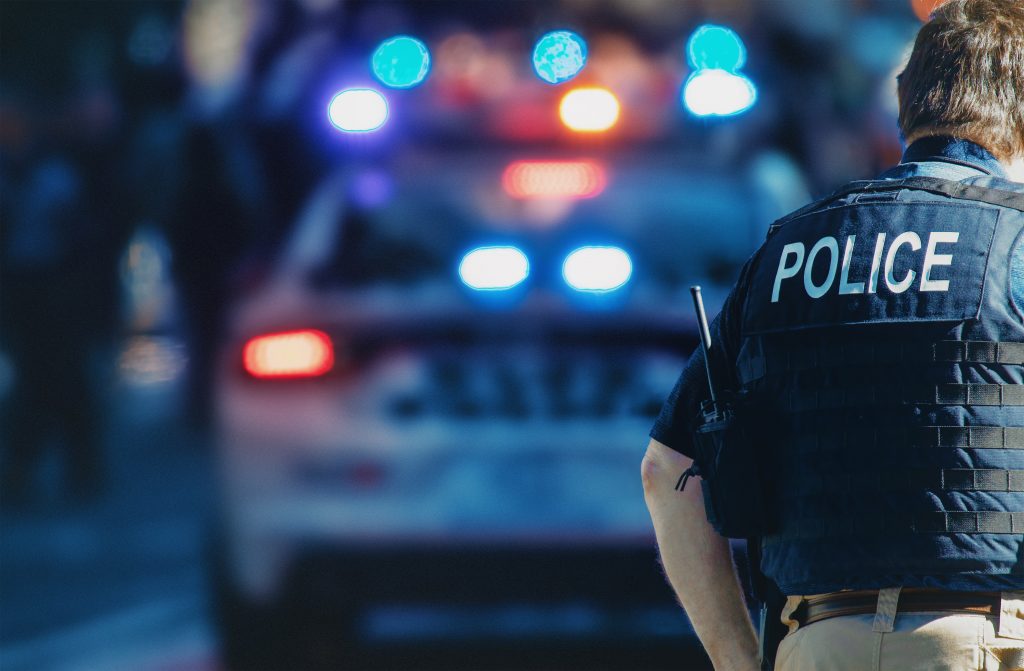
Hope, Even in Michigan?
Michigan Democrats– whom a recent Twitter commenter aptly described as more or less a party of suburban wine moms with right-of-center politics- have thankfully avoided the dubious measures of things like magazine capacity limits (unlikely to save lives) or bans on semiautomatic weapons (which would ban most firearms). They’ve instead set their sights– no pun intended- on so-called red flag laws, which would improve the mechanism through which the State can confiscate firearms from people deemed to be an imminent threat to themselves or others.
At a recent meeting of the Ottawa County Board of Commissioners covered by Joe Spaulding, where elected officials praised Jesus Christ and prayed to God to protect them from the incursion of leftist freedom-eaters, or whatever the hell they’re talking about, speaker after speaker offered public comment in opposition to this preposterous Constitutional County business. One speaker specifically cited the rate of suicides, and how many of them are from firearms. Another mentioned that if Ottawa County was so interested in dissolving the separation of church and state, that she’d welcome people of any religion to give a prayer at the opening of the meeting. Yet another asked rhetorically whether it was prudent for a major tourist destination to be so focused on an aggressive platform of exclusion and denigration. It gave even me hope for this state. There was only one commentator from the audience ranting about George Soros and the Leftist Agenda.
Personally, I will avoid places like Livingston or Ottawa County like the plague, because I know how they feel about people like me, and I don’t feel comfortable there. But is it possible that we need to have a serious conversation about why the police are so gleefully proclaiming that they’re going to refuse to follow the law? It seems to me that whatever credibility professional police in the United States had, most was lost after the protest movements in 2020. If they want to rebuild that, they’ll have to rebuild trust among people that they don’t always agree with politically. This means that police cannot simply walk in lock-goose-step with county commissioners hellbent on advancing the agenda of chaos and violence being promoted by the national Republican platform, indistinguishable from either an unapologetically fascist platform, or from a hypernationalist, hypermilitaristic platform that gleefully demonizes dissenters, people of color, homosexuals, transgender people– the list goes on.
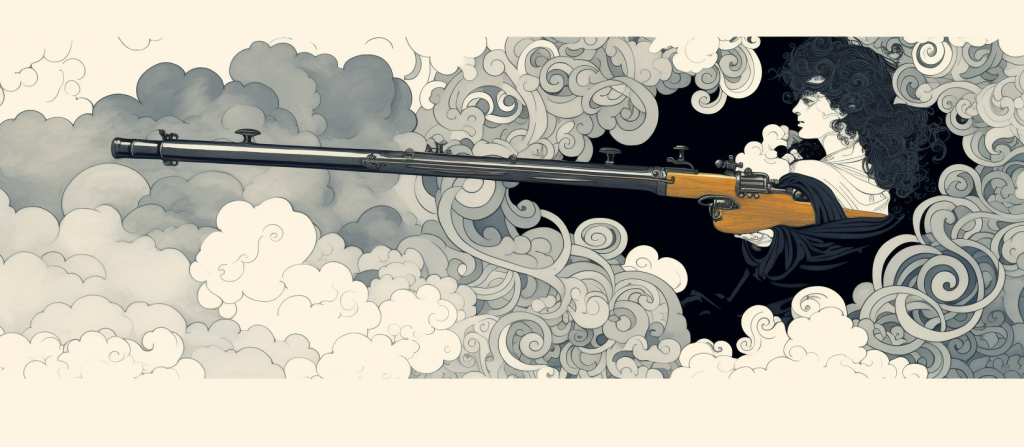
The Ottawa County meeting scared me, but then it gave me hope. It’s possible that we’ll see more push back on things like this. In the meantime, let’s maybe not cheer on the possibility of a Wild West with completely unrestricted firearms, vigilantism, and political violence. A Constitutional County should be a county that respects the Constitution and all of its amendments. We’ve heard a whole lot about the second amendment (which, time and again, has been proven to not unilaterally protect the completely unrestricted, unregulated right to buy a grenade launcher from a vending machine at a gas station, or whatever). It might surprise some of these folks to know that there are a whole 26 other amendments. They’d do well to learn about them.
